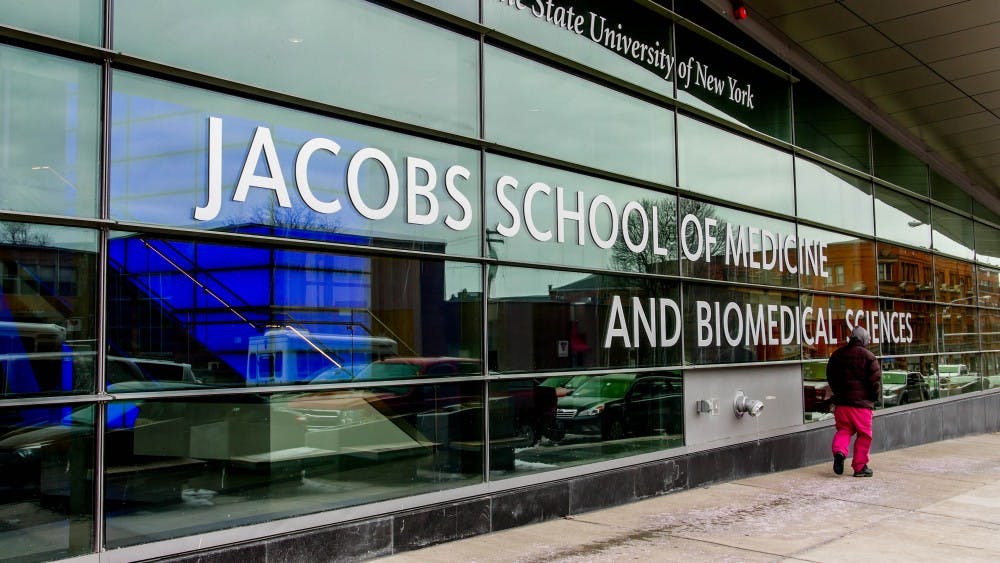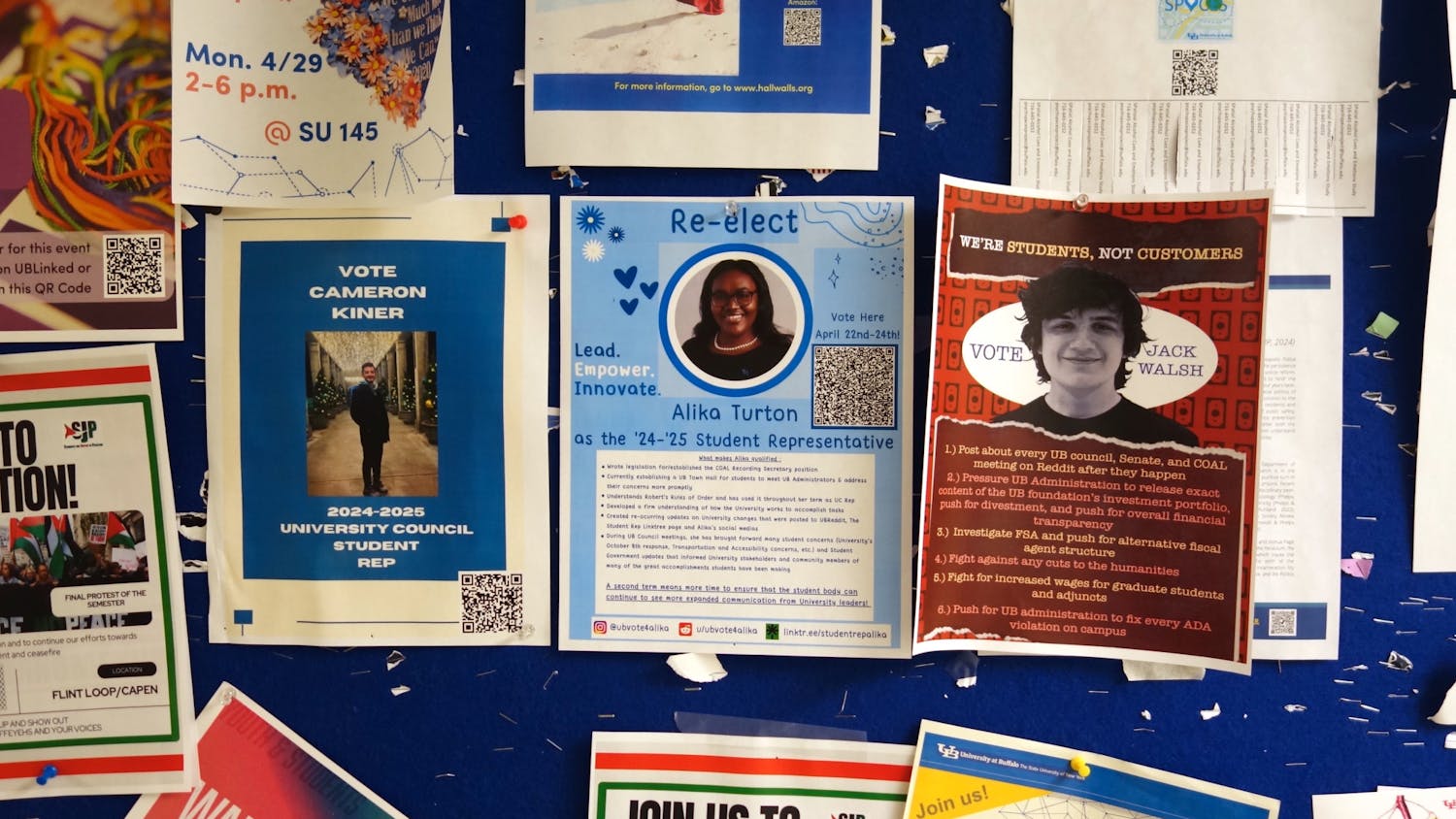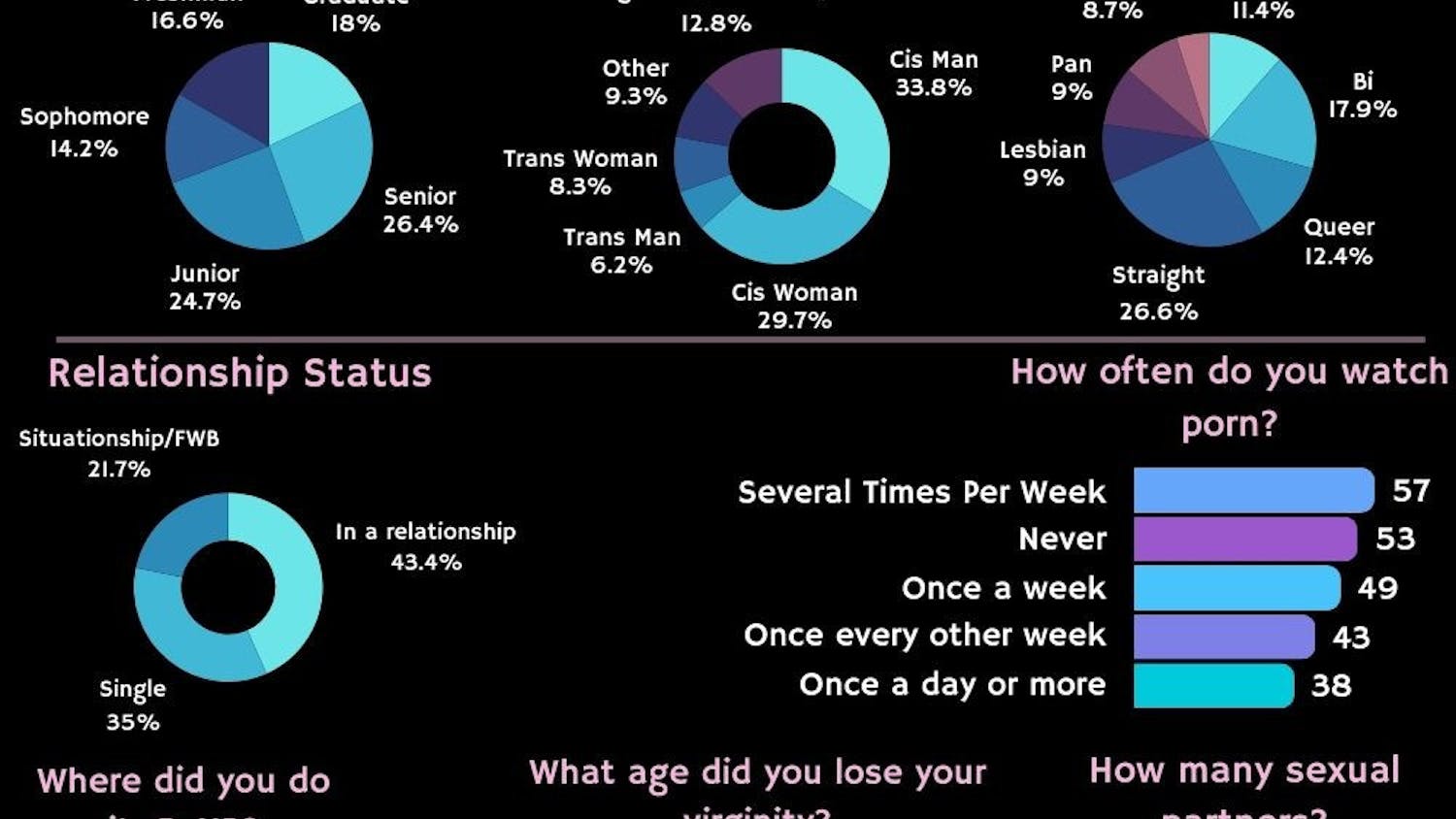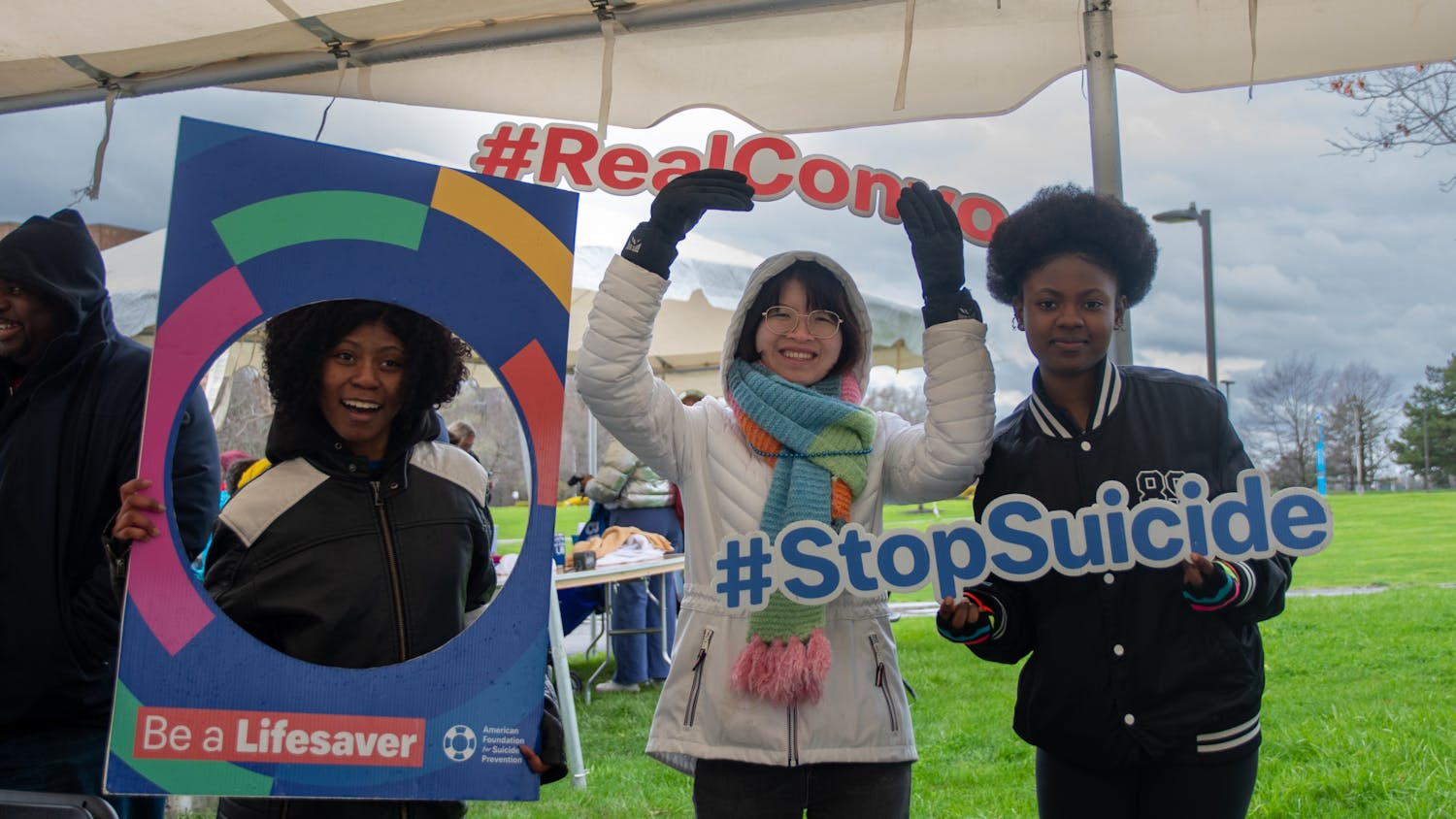A smart corridor is being planned for 2.5 miles of Main Street near the Buffalo Niagara Medical Campus, stretching from Goodell Street to Humboldt Parkway. The project comes in conjunction with the city’s $13 million reconstruction of Main Street –– including streetscaping –– that is set to begin construction in 2020.
The corridor will feature self-driving shuttles, dedicated bicycle lanes, a detached cycling lane parallel to the street and smart technology including parking alerts and travel time. The project plan is expected to be complete by January 2019. Construction of the futuristic network will slowly be implemented over several years, ensuring that developers are staying up to date with the latest available technology.
The medical campus received a $75,000 grant from the New York State Energy Research and Development Authority to help fund the project. The authority also awarded UB researchers with roughly $210,000 of the $250,000 necessary to purchase a self-driving Olli bus in February.
William Smith, director of access and safety for the medical campus, said he’s excited by university research on the Olli busses and plans to include them in the smart corridor.
“We’re looking at transportation services to the medical campus, parking and smart sensors built into the road, but also how to continue innovating Buffalo’s transportation,” Smith said. “We love the work UB engineering has conducted on autonomous shuttles and want to include them in our vision for a multi-modal environment on campus.”
The 12-passenger electric shuttle is composed of 3D-printed materials, fitting in with the corridor’s overall goals of reducing fuel emissions and improving energy efficiency. The shuttle will provide commuters with an alternative to the Niagara Frontier Transit Association buses once exiting one of the four metro stations along the stretch.
Adel Sadek, a civil, structural and environmental engineering professor, said Olli could provide researchers with data that will help explore the need of riders. When implemented, it will also help ease traffic congestion and improve safety, while providing transportation to visually impaired citizens.
“We’re looking at travel demand and how many people use the metro. How can we serve that population with Olli? How many do we need? What’s the wait time for people until they call an Uber to pick them up?” Sadek said. “All of these factors indicate the cost of the shuttles, but we also look at the benefits. Olli will allow less people to drive downtown, so there will be more free parking spaces. Maybe less people will feel the need to own a car if they have reliable public transport.”
Sadek said if the buses prove to be feasible and laws change, there’s a real possibility of Olli buses expanding to downtown.
If driverless buses are implemented, some worry jobs may be taken away from transportation workers who sit behind the steering wheel. Smith said there might be fewer jobs for drivers, but the initiative will help improve the quality of life on the stretch of Main Street, where certain areas are still underdeveloped.
“Creating that high-tech and innovative environment on this stretch of the campus, that’s an economic development incentive,” Smith said. “We can collect transit, bike and vehicular data to make those neighborhoods more safe. Plus, the economic development throughout the entire corridor improves quality of life. If you can bike safely, catch transit easily and have easier accessibility, that all improves quality in terms of safer and greener streetscape. Additionally, it raises property values to some extent. There’s lots of benefits beyond transportation.”
Some students are excited the university is continuing to positively affect the downtown corridor. Sandeep Chakravarthy, a junior economics major, said he’s slightly worried about autonomous busses after the most recent Tesla X crash on March 23. But, if laws and regulations are put into place, he said it seems like a good idea.
“With every innovation there’s always going to be some critiques about how it’s not safe, but once you look past that it’s really helpful and innovative for our lives,” Chakravarthy said. “As long as the researchers don’t skip out on any of the safety measures and make sure that it’s absolutely street ready, then it will be a great addition to the growing downtown area.”
Stephanie Acquario, a senior communications and environmental studies major, said she appreciates the corridor’s efforts to be environmentally friendly.
“It’s a dope idea. The buses are super eco-friendly and don’t go too fast, so it’s a safe alternative to the normal buses, which emit a lot of fumes,” Acquario said. “The current bike lanes downtown aren’t the most efficient, so I’m excited to see developers taking that into consideration, too.”
Later this month, a team from the medical campus will attend a summit in Columbus, which has its own $500 million smart transportation initiative. They’ll also visit projects in Cleveland and Pittsburgh.
Max Kalnitz is a news editor and can be reached at max.kalnitz@ubspectrum.com





